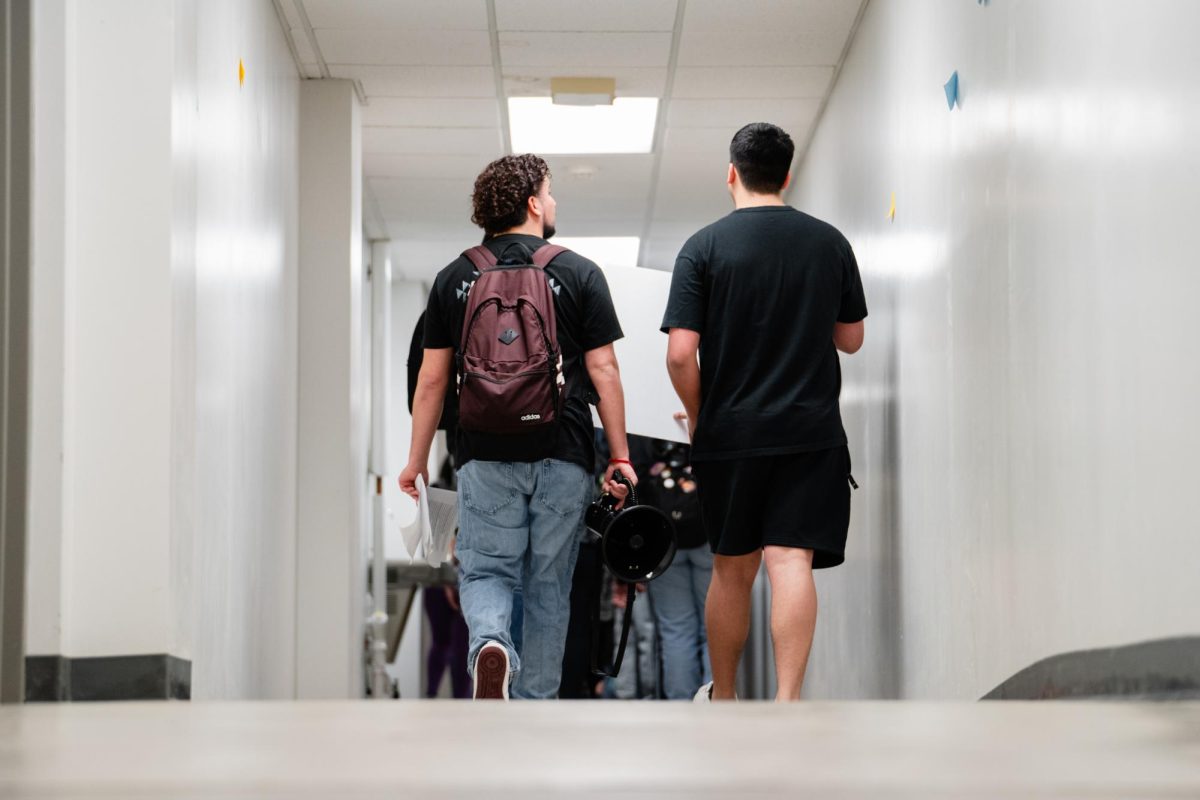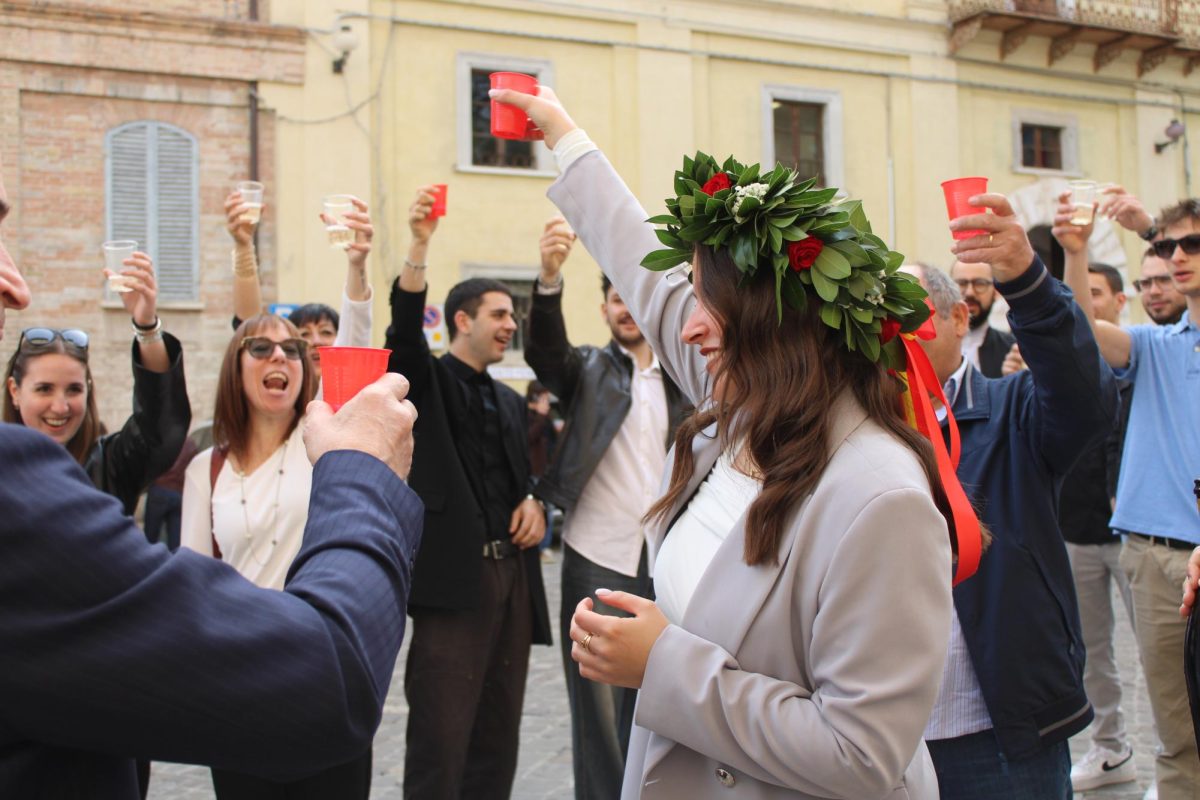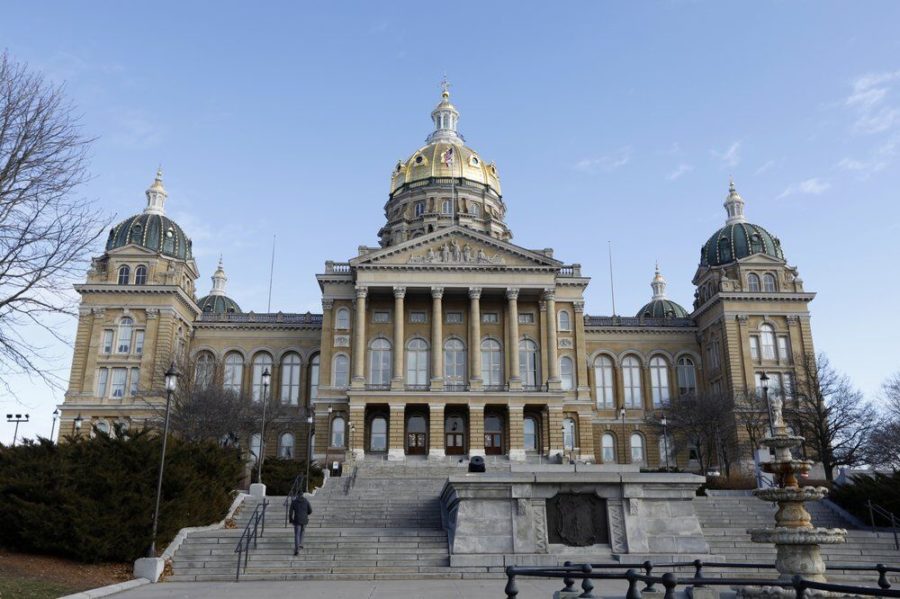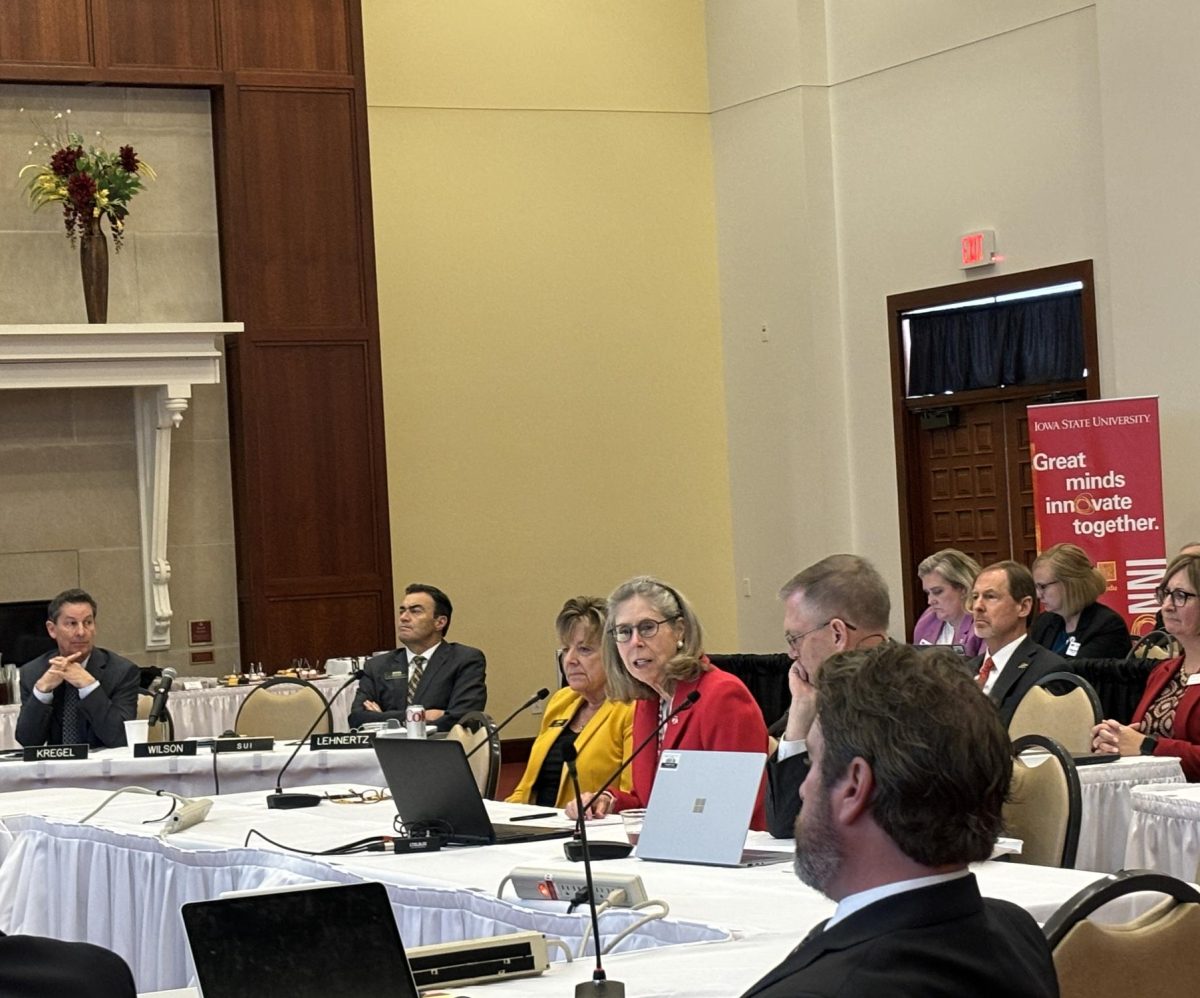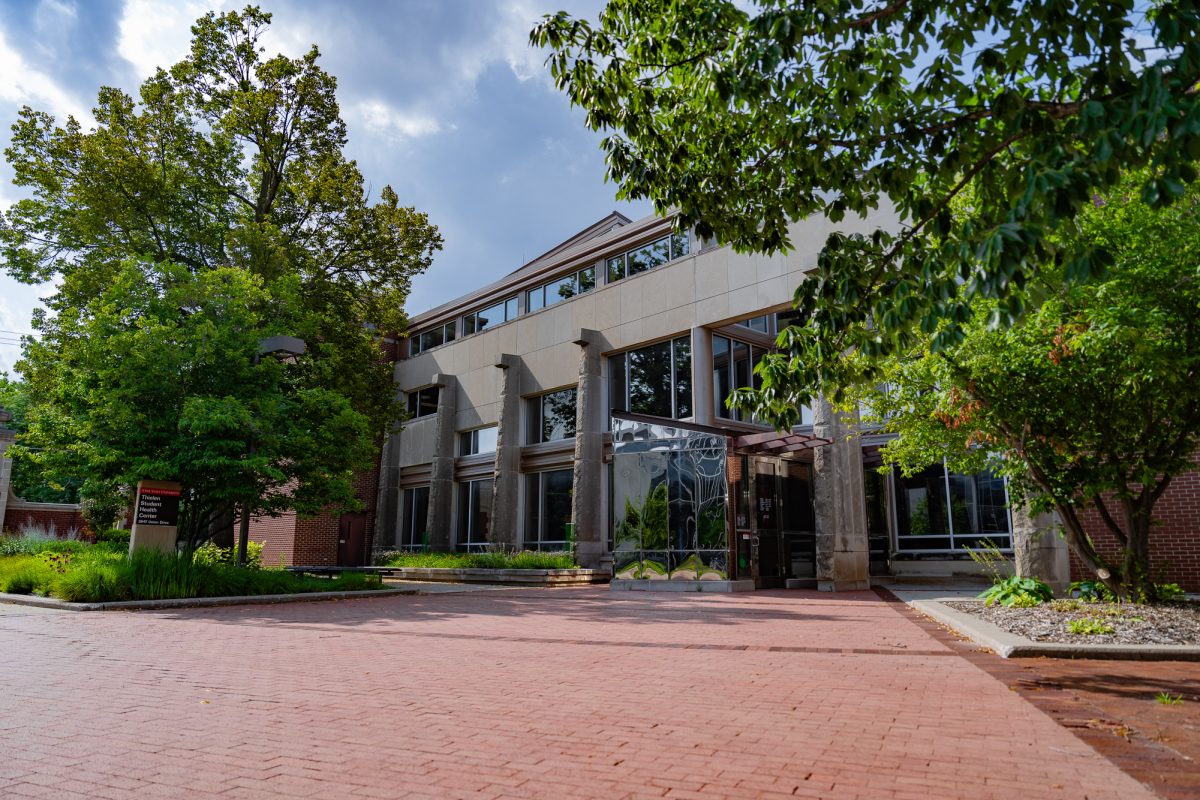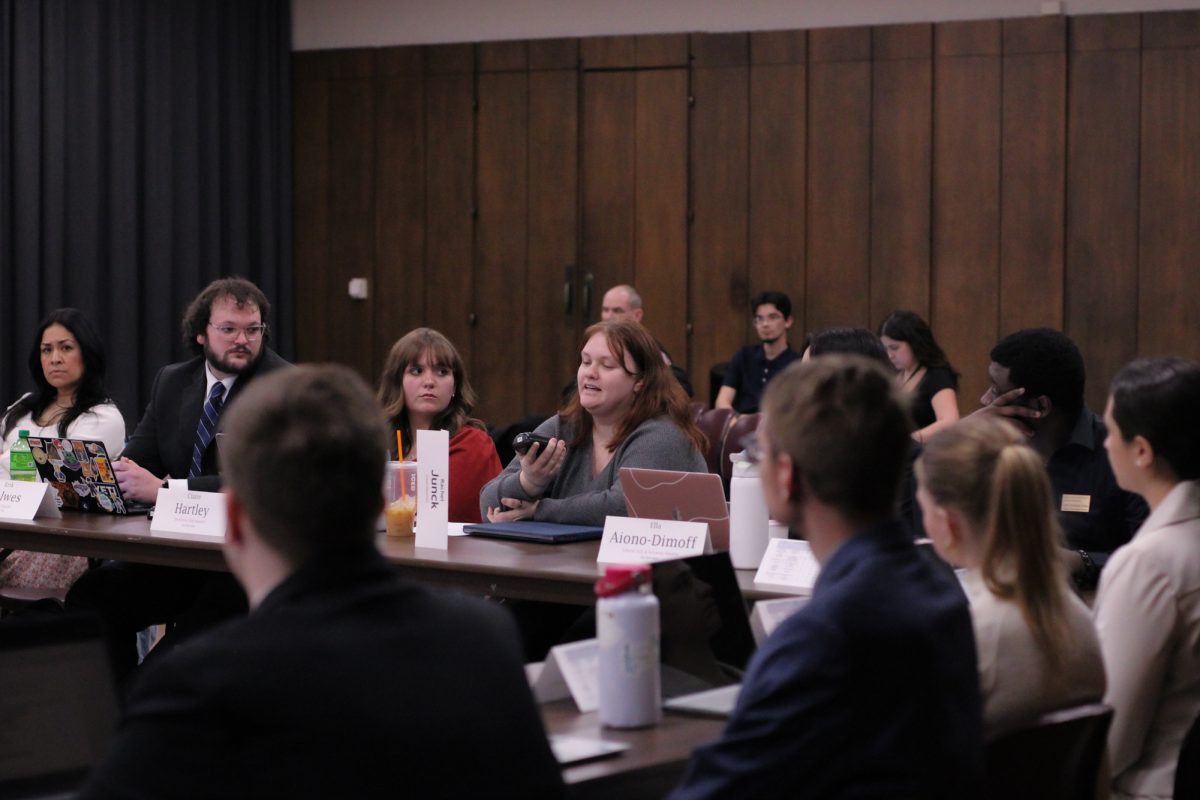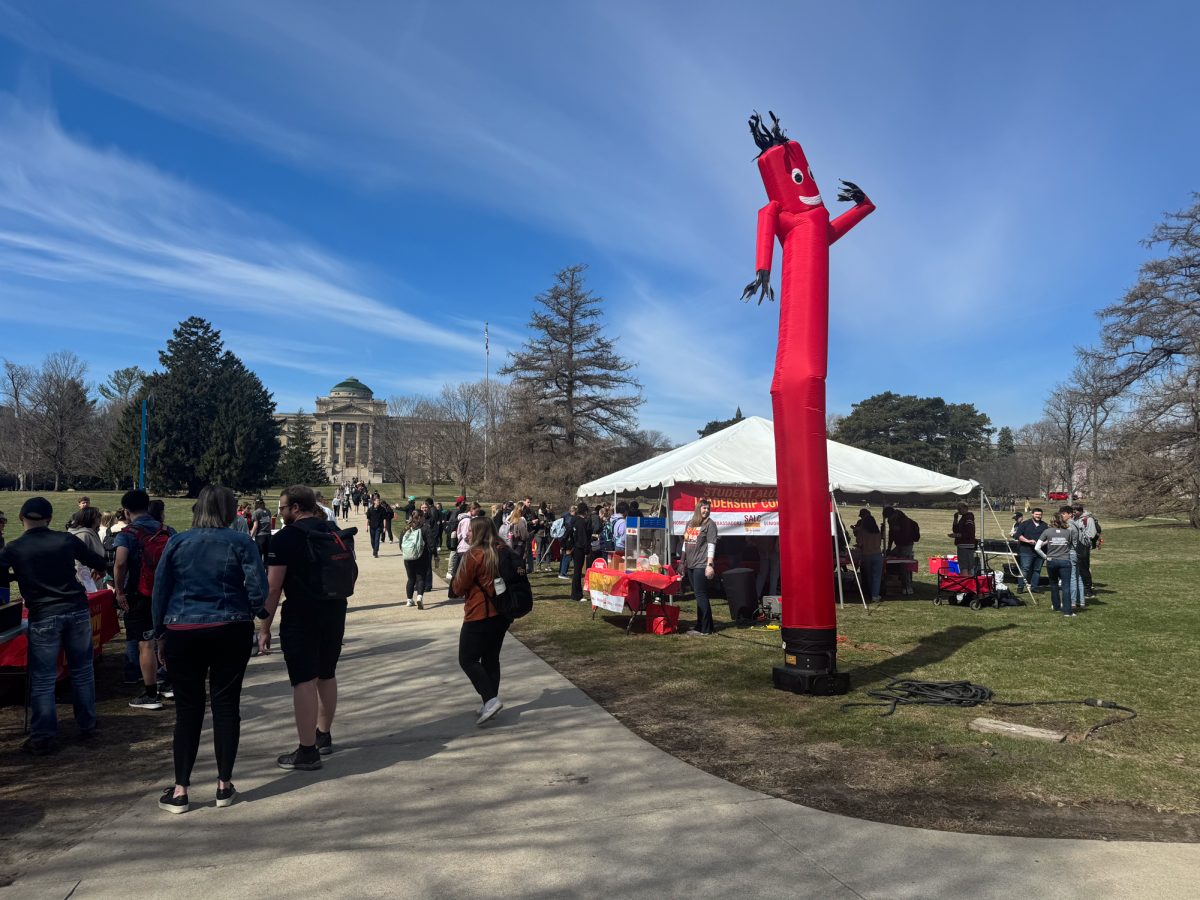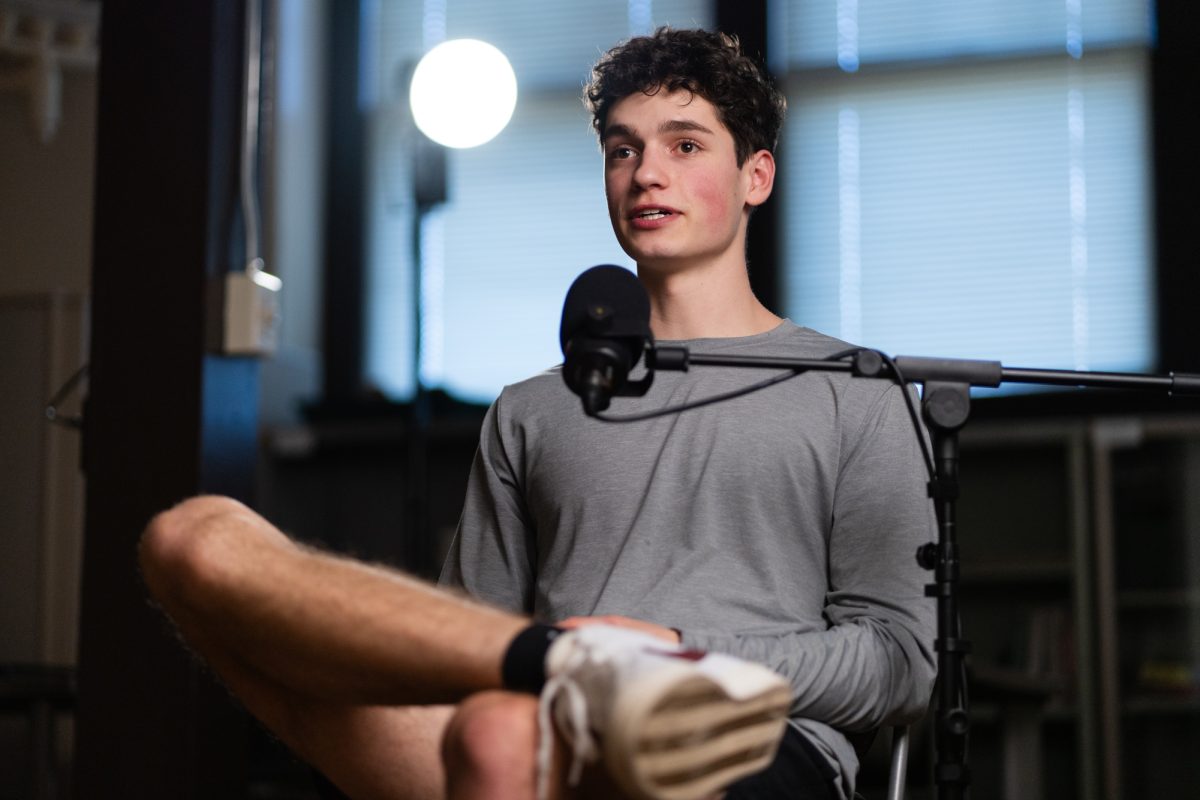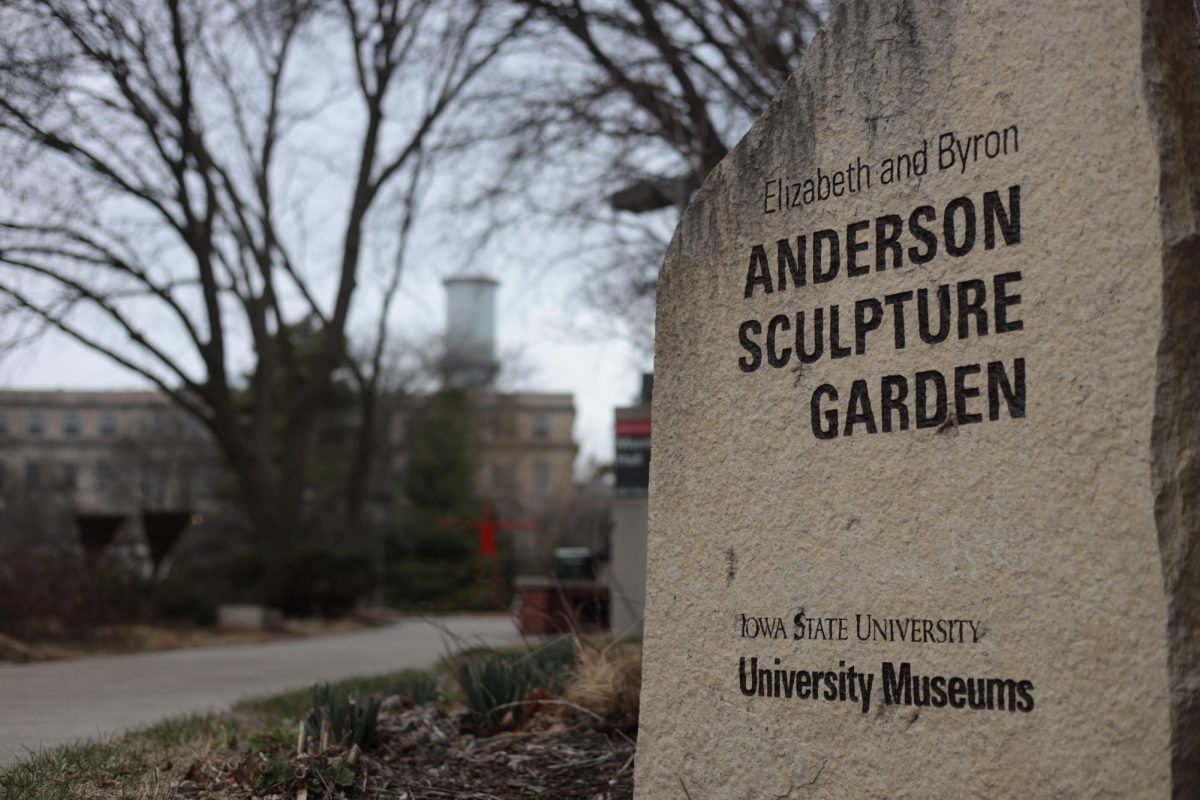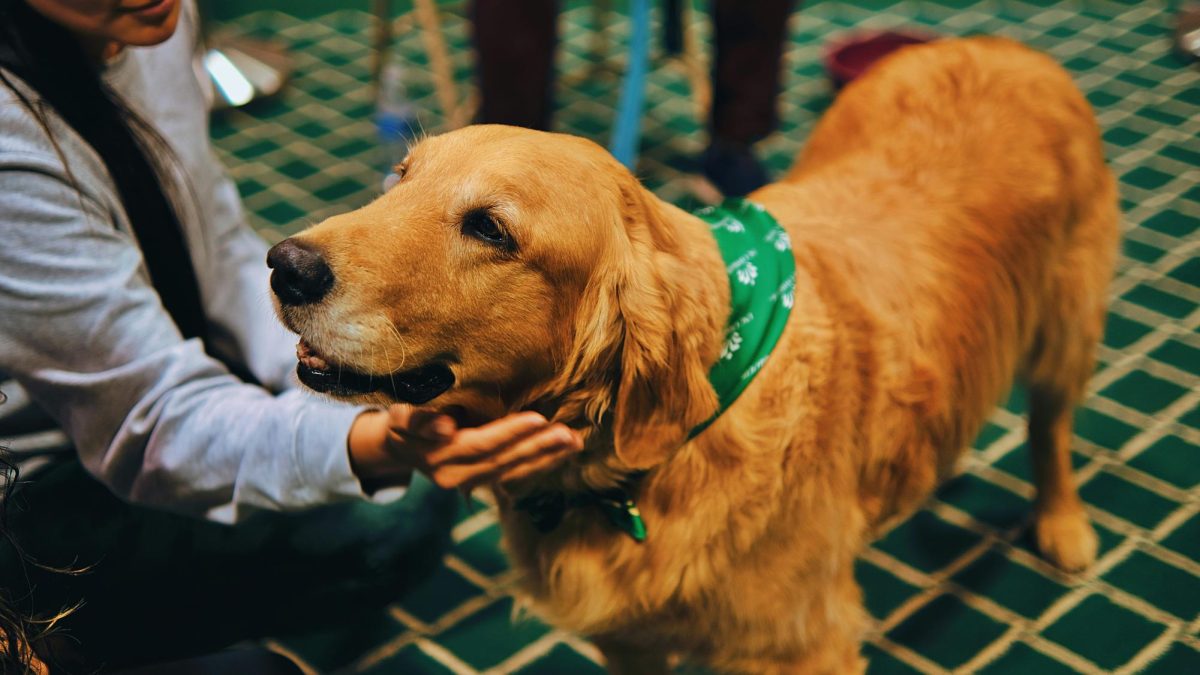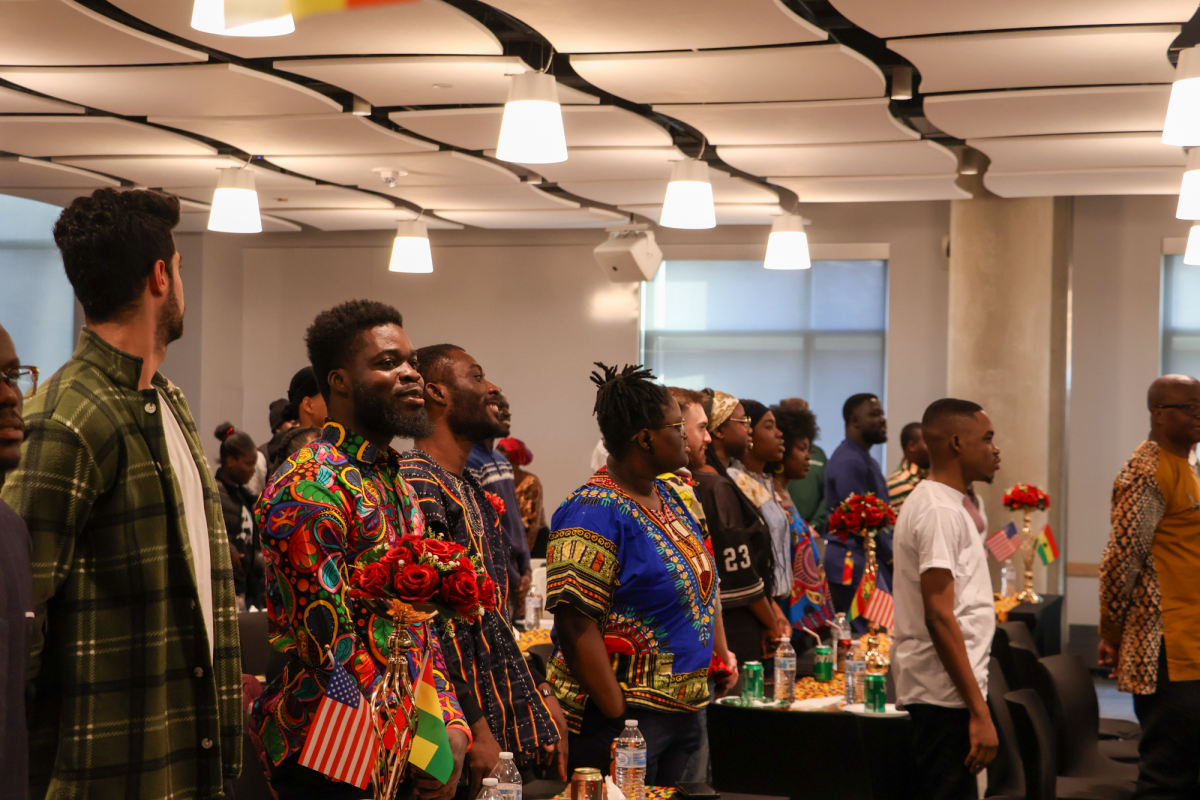Iowa State is considered a predominantly white institution (PWI) due to its majority white student population. For students of color attending a PWI, the overall experience may be different than that of their white peers, due to the presence of microaggressions and racial disparities.
Microaggressions and racial disparities:
In higher education, the presence of “microaggressions in the classroom can disrupt students’ ability to engage in the learning process because their feelings of belonging are called into question,” according to the Center for Teaching and Learning at CU-Boulder.
Students such as Mia Kawamitsu, a senior in journalism and mass communication and director of international student experience for Student Government, have experience with microaggressions in the classroom.
“Afterwards, after the class ended, the professor came up to us and asked us, like, ‘Where are you from?’” Kawamitsu said. “I was like, ‘Oh, my goodness, here we go again.’…I absolutely despise that question.”
Kawamitsu said she had experience with receiving the question, “Where are you really from?”
“I was very gung ho on saying, ‘I’m just from Iowa,’” Kawamitsu said. “So when that professor asked me, ‘Where are you from?’ and I said, ‘I’m from Council Bluffs, Iowa,’ he said, ‘No, you’re not, where are you from?’ So I said, again, ‘I’m from Council Bluffs, Iowa.’ And so the professor said, ‘Okay, well, where are your parents from?’”
According to the Office of Diversity, Equity, and Inclusion at the University of North Carolina School of Medicine, “Microaggressions are the everyday slights, insults, putdowns, invalidations and offensive behaviors that people experience in daily interactions with generally well-intentioned individuals who may be unaware that they have engaged in demeaning ways.”
Despite experiencing microaggressions, Kawamitsu said these types of experiences have allowed her to find her place on campus.
“Although I have had to face microaggressions and whatnot, in a way, it’s also helped me explore my own identity and realize the value in that,” Kawamitsu said.
Ansh Shah, a freshman in aerospace engineering, said he chooses to respond to microaggressions with a mindset that the person probably didn’t mean it in an offensive manner.
“It probably came out in the wrong phrasing,” Shah said.
Shah went on to say that he has worked to find his place at Iowa State through participating in student affairs.
“I think, overall, college is what you make of it. I’ve tried to make a lot out of it,” Shah said.
Elaina Towne, a recent graduate from Iowa State with a bachelor’s degree in psychology, shared her experience with navigating racial disparities at a PWI.
“People will love you for who you are,” Towne said. “It’s just about finding those people, and when you do find those people, keep them because it’s hard finding good people out here.”
Towne encouraged students of color concerned about being singled out because of their race to avoid this fixation and worry.
“You’re that race for a reason and, who knows, could end up being something great, so I wouldn’t worry about it too much,” Towne said.
A need for diversity and inclusion
Jairo Aguilar, a junior in business analytics, spoke on the need for diversity at a PWI and the impact it has on the community.
“I do feel that diversity is needed in communities because it creates a sense of different backgrounds, different cultures, different points of view,” Aguilar said.
Aguilar also touched on how inclusivity at a university can provide solutions to issues impacting students and residents.
“If you include little bits of community from all over the world…it creates a different point of view: being able to solve a problem as a community and understand that there’s always more than one answer,” Aguilar said.
Aguilar also discussed the importance of advocating for diversity and inclusion for prospective students.
“I feel like diversity helps a school feel more inclusive; it makes it feel more welcoming,” Aguilar said. “Also, it helps future students understand that they are cared about and they are involved and, therefore, they can feel… welcomed into the community.”
Finding community
Endi Montalvo-Martinez, a senior in healthcare management and a co-facilitator for the student organization Color of Love, shared his experience coming to Iowa State as a person of color.
“I feel like I am privileged enough to be in Science Bound,” Montalvo-Martinez said. “I feel like the only reason that I’m here on campus is because I have that scholarship.”
Science Bound’s website states that, “Science Bound is Iowa State University’s pre-college through college program to increase the number of diverse Iowa youth who pursue degrees and careers in STEM fields.”
Montalvo-Martinez said both Science Bound and Color of Love have given him the tools to be successful at Iowa State.
“Both my parents didn’t make it past middle school, so I feel like because of programs like [Science Bound], I was able to be here and be successful academically, but then also social and have an organization like Color of Love,” Montalvo-Martinez said.
Lyric Sellers, a sophomore in communications and a member of Color of Love, spoke on her thoughts of coming to a PWI as a student of color.
“I think it can be really isolating,” Sellers said. “I think my first time really experiencing imposter syndrome really came from attending a PWI because I think being surrounded by a lot of people who just don’t get it kind of makes me feel out of place in a sense, but it also gives me a reason to do the work I love to do, which is envisioning a better learning environment for marginalized students.”
Sellers also shared the impact that Color of Love has had as a support system for navigating racial disparities at Iowa State.
“I feel like starting out it was iffy, and I felt out of place,” Sellers said. “I feel like students of color feel like that all the time, but it’s stuff like this that, where we get together, I feel more confident in my ability to be here and have an impact on the people around me…I feel like I’m finding my place, even though it requires a lot of work.”
Demographic data:
According to enrollment data from the Office of Institutional Research, the enrolled student population at Iowa State in fall 2023, including undergraduate and graduate students is:
- 2.6% Black or African American
- 0.1% American Indian or Alaska Native
- 4.1% Asian
- 6.7% Hispanic or Latino of any race
- 0.1% Native Hawaiian or Other Pacific Islanders
- 2.8% two or more races
- 71.3% white
The total multicultural student population made up 16.4% of the students at Iowa State in fall 2023. International students made up 9.0% of the student population, and 3.3% of the enrolled population preferred not to answer.
Restructuring of diversity, equity and inclusion programs (DEI) at Iowa State University
Following the DEI recommendations adopted by the Iowa Board of Regents after its meeting in November, “President Wendy Wintersteen has established a campus group to help develop the university’s plan [for addressing these recommendations],” according to an Inside Iowa State article.
According to the office of the president, “The President’s Focus Group on the Board of Regents DEI Adopted Recommendations comprises faculty, staff, students and administrators who will work with the president and senior leaders to provide feedback and help advise on a plan to comply with the recommendations.”
Iowa State will present its plans for implementation at the regents meeting April 24–25.


